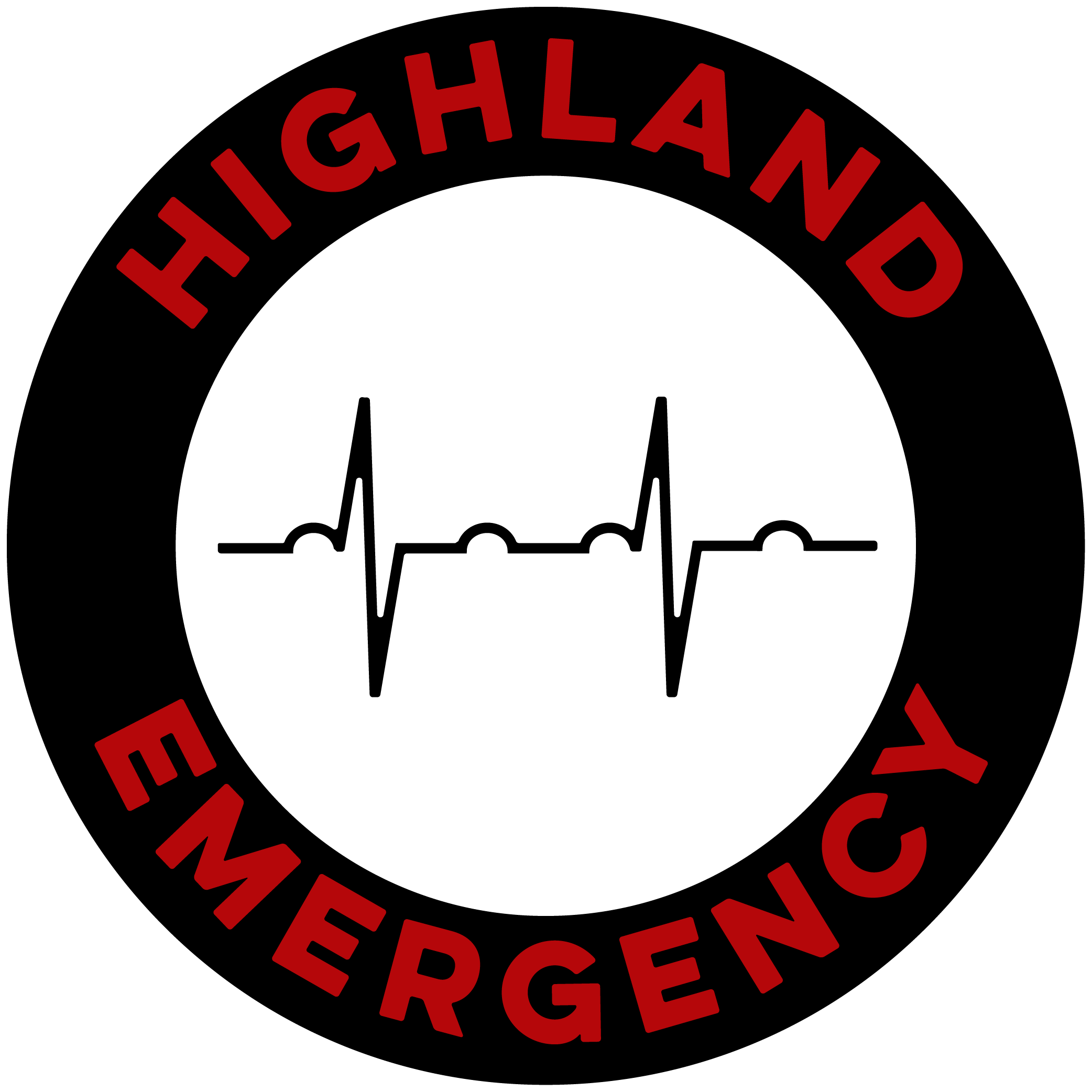Highland Alumni - Where Are They Now?
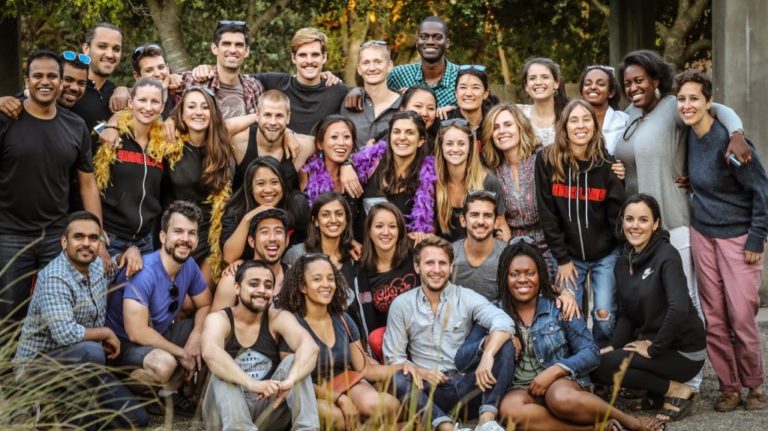
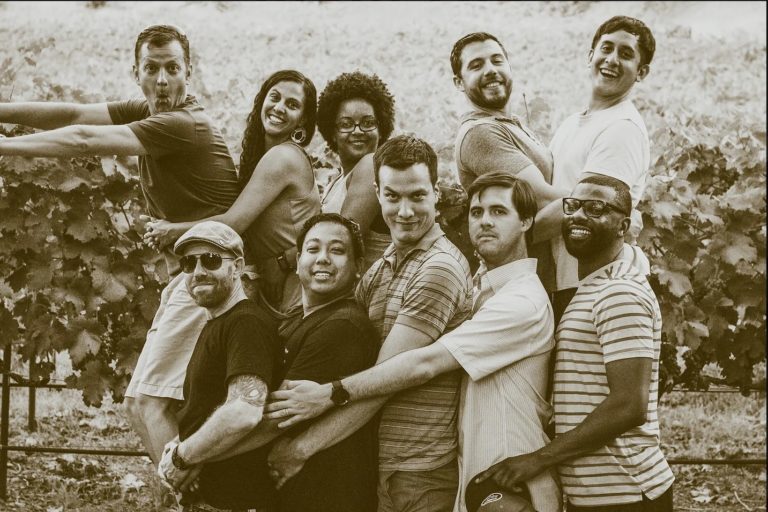
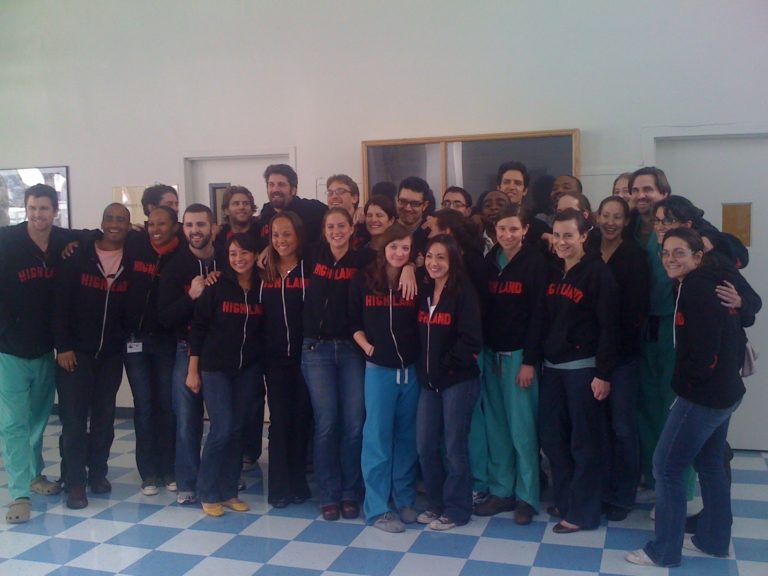
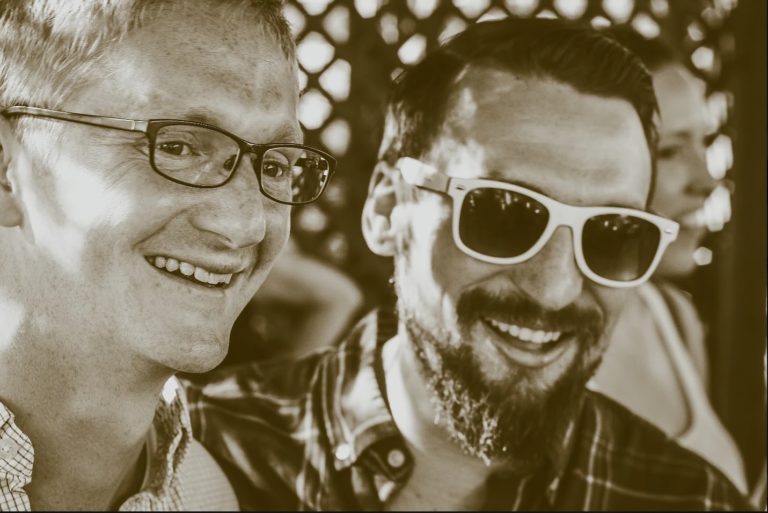
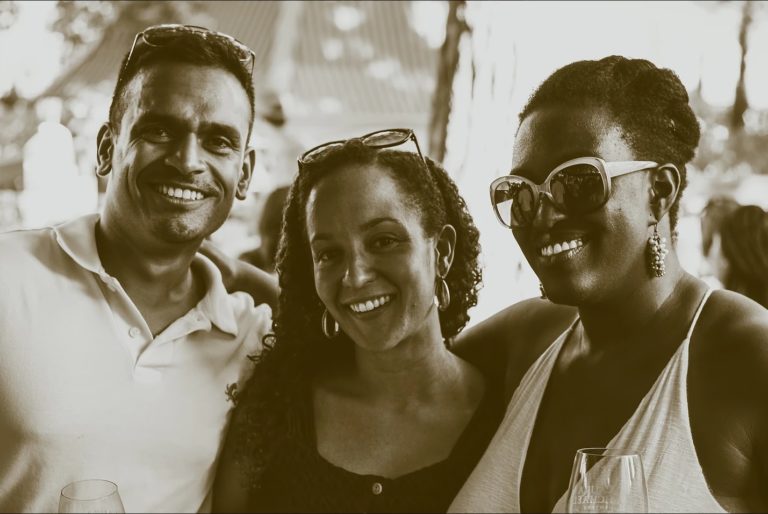
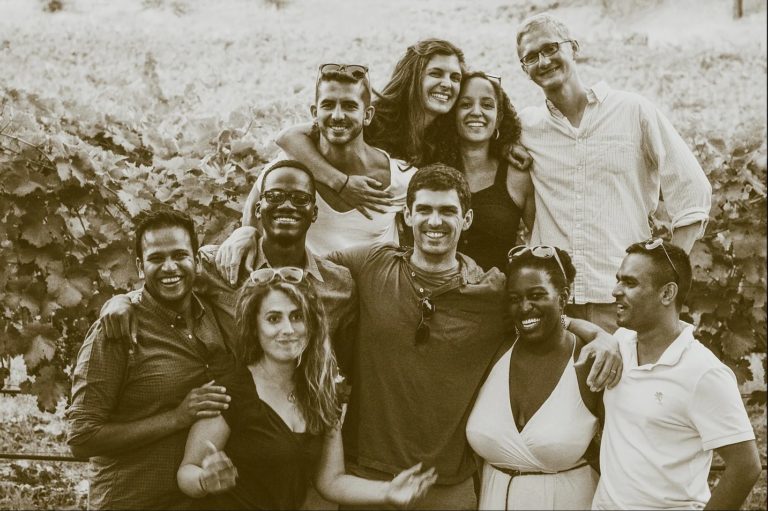
We are incredibly proud of our Highland resident graduates and the ways they have used the training to touch lives from Oakland to Bhutan. Graduates of Highland have gone on to be program directors, community emergency doctors, and department chairs. They have pursued fellowships from palliative care to sports medicine and found their niches in all corners of the country and the world. They have become NCSP/Robert Wood Johnson Fellows, a White House Fellow, biotech CEOs, and a director at the WHO. Here is a small sample of where our graduates have gone (and stayed).
Assistant Chief, Emergency Medicine, Kaiser Permanente East Bay
Medical Director, Outside Medical Services
Richmond Family Violence Prevention Lead
Naomi Adler graduated from Highland in 2014. After graduation she joined Kaiser Permanente (KP) as a Patient Safety Fellow. After completing her fellowship, she joined KP East Bay full-time. She serves as an Assistant Chief for the Emergency Department, the Medical Director of Outside Medical Services, a mentor in the Patient Safety Fellowship and the Family Violence Prevention Lead for Richmond. In addition to her work on ED and hospital operations, her work particularly focuses on the identification and care of patients experiencing intimate partner violence.
Twitter: @Ma_Gel_N
Associate Professor/Director of Emergency Ultrasound, Baylor College of Medicine
Prior to medical school, Dr. Carnell taught high school Spanish and was involved in one of the first trials of buprenorphine for opiate use disorder. She did both residency and ultrasound fellowship at Highland. She is now the Ultrasound Director in the Department of Emergency at Baylor College of Medicine in Houston, integrating ultrasound into the medical school, residency and fellowship curricula.
Assistant Professor in Emergency Medicine, University of California San Francisco
Dr. Enriquez is currently full-time faculty at UCSF. Her interests include airway management and Global Health. She is currently the ED Airway Director at Zuckerberg San Francisco General Hospital as well as a co-director for the EM Global Health Steering Committee. Her Global Health work primarily focuses on systems strengthening and rebuilding in low and middle income countries.
Associate Program Director, Mount Sinai Morningside-West Emergency Department
In addition to being APD, Dr. Hahn used MC skills to protect public safety when the coronavirus pandemic hit NYC
Twitter: @andrewherringmd
Attending Physician, Highland Hospital
Medical Director, Substance Use Disorder Treatment Program
Dr. Herring serves as the Principal Investigator of the California-wide ED-BRIDGE: Emergency Buprenorphine Treatment Project, which aims to dramatically expand substance use disorder treatment in California and fully integrate it into standard medical practice. His research focuses on Emergency Department treatment of opioid use disorders and pain management. Dr. Herring conducted health policy research as a Fulbright Scholar in Central America and is board-certified in emergency medicine, addiction medicine, and pain medicine.
Twitter: @DreyfussAndrea
Global Health Ultrasound Director
Attending Physician, Emergency Department at Highland Hospital
ACEP Ambassador to Peru
Dr. Dreyfuss’ international work is focused throughout Latin America, where she created the first emergency medicine ultrasound fellowship in her native country of Peru. Her scholarly work includes publications on triage systems in low-resource settings, ultrasound-guided procedures and international emergency education. Dr. Dreyfuss received her MD from Stanford School of Medicine, an MPH from the University of California at Berkeley and did her residency and ultrasound fellowship at Highland Hospital in Oakland, California. She is the co-founder of Ondas de LatinoAmerica, an organization focused on providing point of care ultrasound education in Latin America.
Assistant Professor and Consultant of Emergency Medicine,
Khesar Gyalpo University of Medical Sciences of Bhutan (KGUMSB)
Jigme Dorji Wangchuck National Referral Hospital (JDWNRH), Thimphu, Bhutan
After graduating from Highland Hospital in 2013, Dr. Shankar LeVine remained in Oakland working in the community at Summit and Alta Bates Emergency Departments while doing teaching shifts at Highland Hospital. In the beginning of 2018, along with Dr. Melanie Watts (also Highland alumna), he moved to Bhutan initially volunteering, but then stayed on to help develop various aspects of Emergency Medicine in the country. By July of 2018 they helped establish Bhutan’s first Emergency Medicine residency and paramedic programs. Currently his responsibilities are split between clinical teaching in both these programs, emergency care trainings for doctors across the country, Bhutan’s COVID response, aeromedical retrievals and clinical care in the Emergency Department.
Medical Director of the Monterey County Health Department Sexual Assault Response Team (SART)
Emergency Physician, Salinas Valley Memorial Healthcare System
Where are you currently working and how did you choose that institution?
What is great about training at HGH is that we have the opportunity to work in such different settings. After each rotation I thought about what I liked or disliked about each institution to help me figure out what I wanted in my future career. This helped me realize that while I loved teaching and academics, I was more drawn to community medicine. In my last year I was moonlighting in Ukiah and I really liked working in a small community ER. Finally, when I was looking for a job I realized I wanted two things. I wanted to work in an independent democratic ER group and I wanted to work in an underserved community where I could have the opportunity to do more of the community outreach that I missed. I am so happy to have found this in Salinas. I work in a small community hospital which serves a large migrant farm-working population. This is very similar to my own upbringing so I feel very connected to the community here. I work with a great group of physicians who share similar goals of improving patient care, access to healthcare and to keep up to date with new treatments. In addition to being a STEMI and stroke center we are the tertiary center for even smaller ER’s in the more rural parts of Monterey County. Another reason I enjoy working here is that I feel challenged. Even though we have a small ER, we have a very high volume and get a lot of complicated critically ill patients including very sick pediatric patients. Initially when I was looking for a place to work I wasn’t sure about how I felt working in an ER that was not a designated trauma receiving center. I now realize that I prefer medically complicated and critically ill patients over seeing a large volume of trauma. We do get a fair share of walk in trauma and I still get to do a lot of procedures, so fortunately I found a place with a good mix. I highly recommend moonlighting at a place that might be what you are looking for in your career or a place that is very different from Kaiser or HGH to help you really figure out the type of setting you prefer.
What is your favorite Highland memory?
There are so many, but I have to say that my first memory of highland is still one of my favorites – our intern welcome when we received our hoodie! That is when I knew I chose the right place because I got my first glimpse at how unique, crazy and awesome Highland is.
World Health Organization, Emergency and Trauma Care Program Lead
The New York Times featured Dr. Reynold’s work expanding emergency services worldwide in 2018
Clinical Instructor and Simulation Education Fellow, Stanford Emergency Medicine
Per diem physician at Santa Clara Valley Medical Center
Highland taught me an exceptional practice of comprehensive emergency medicine in a variety of clinical settings, with a strong emphasis on addressing social determinants of health for our patients. My four years were more than just residency training–Highland gave me the most amazing family and lifelong support network, which I continue to tap into. It is a training program that will open doors and provide a strong clinical foundation for you to pursue whatever angle of EM that suits your fancy. My experience as a high school teacher had drawn me toward the clinical educator path, but the opportunities at Highland teaching medical students, overseeing junior residents, giving lectures in conference, and getting involved in resident-driven curriculum projects allowed me to refine my teaching skills for a medical student and resident audience. I found that I was particularly drawn to simulation-based education, which led me to choose the fellowship route. My two-year fellowship at Stanford and Master of Education has allowed for a deep dive in medical education theory and has helped me develop niches in procedural training, in situ simulation, quality improvement, and competency-based curriculum design. I hope to use these skills when working with trainees and interprofessional teams in the future!
Twitter: @kat04747
Faculty and Director of Equity & Inclusion, UC Davis Department of Emergency Medicine
Twitter: @questmd
Director, Emory Palliative Care Center
Professor Emory University School of Medicine
Montgomery Chair in Palliative Medicine
Emergency Medicine Consultant Physician at JDW National Referral Hospital in Bhutan
What was your first job out of Highland, and where have you been since then?
I started out with a great combination: a) Academics and Teaching with a 50% time position at UCSF just as their program was getting going full swing and b) the high volume high acuity madness of Eden as a per diem and c) the under resourced rural small ED up north in Lake County as Sutter Lakeside. Highly recommend trying out multiple different practice settings!
What’s your favorite residency memory from Highland?
How proud I was of myself as in intern, not for learning a stellar resuscitation, but being able to get down to the cafeteria and back in less than 3 minutes with meals for myself and all of the attendings on that day, AND knowing exactly which ones didn’t eat anything white or mushy and who didn’t eat anything with ears and who would be sad if I didn’t bring a dessert, even if they said they didn’t want one.
What is the most valuable thing you learned at Highland?
The importance of balancing optimism and pragmatism to be able to practice effectively in absolutely any setting. You need to never lose track of the Gold Standard but be able to creatively mold that into the form of whatever resources you have in any given moment. If you constantly try to put the Gold Standard peg into the hole of an under-resourced setting where you don’t have IV’s much less an MRI, you will be frustrated and burn out quickly. But if you allow yourself to feel helpless and accept sub-standard care, then you will not be doing right by your patients.
